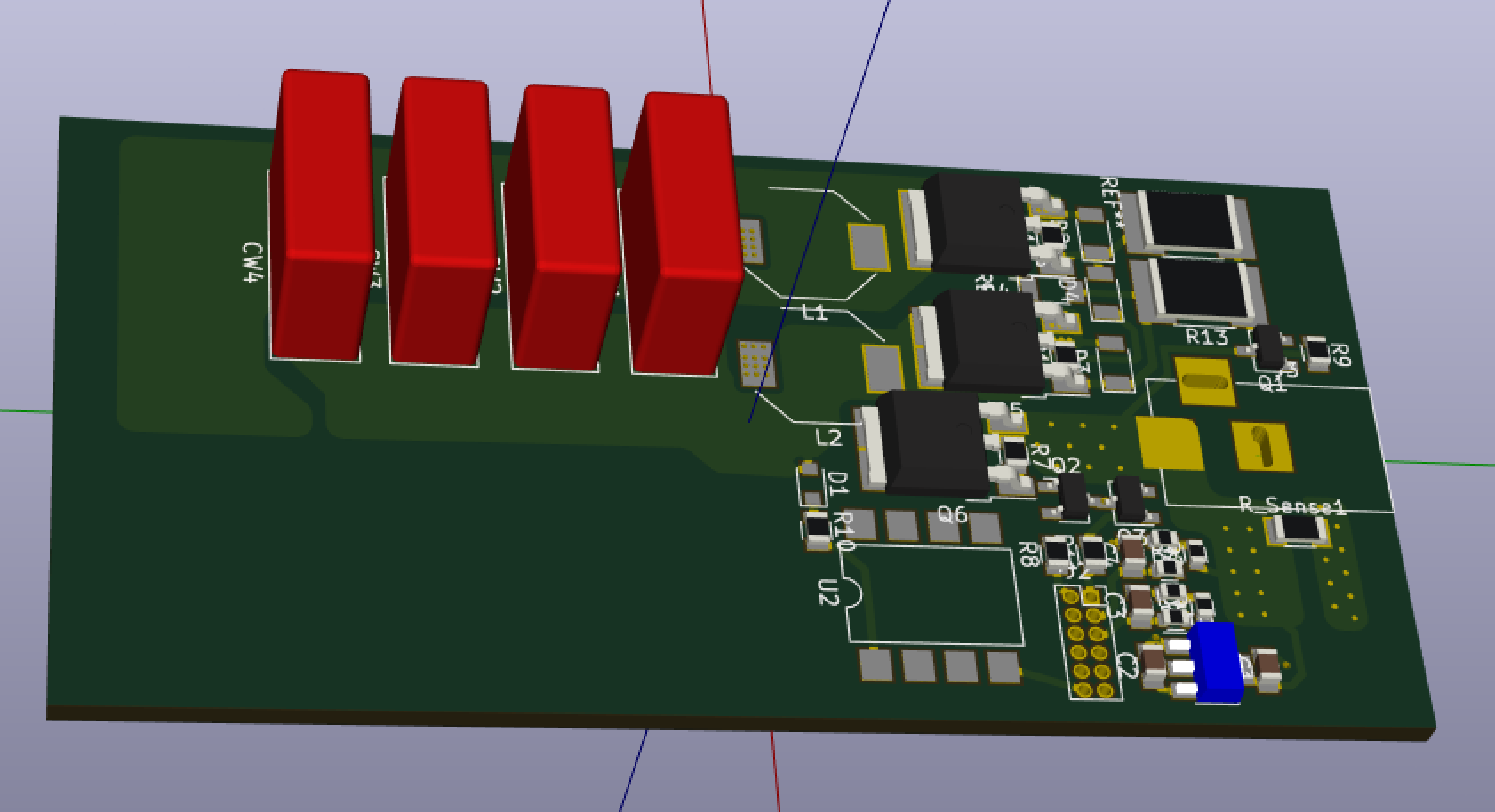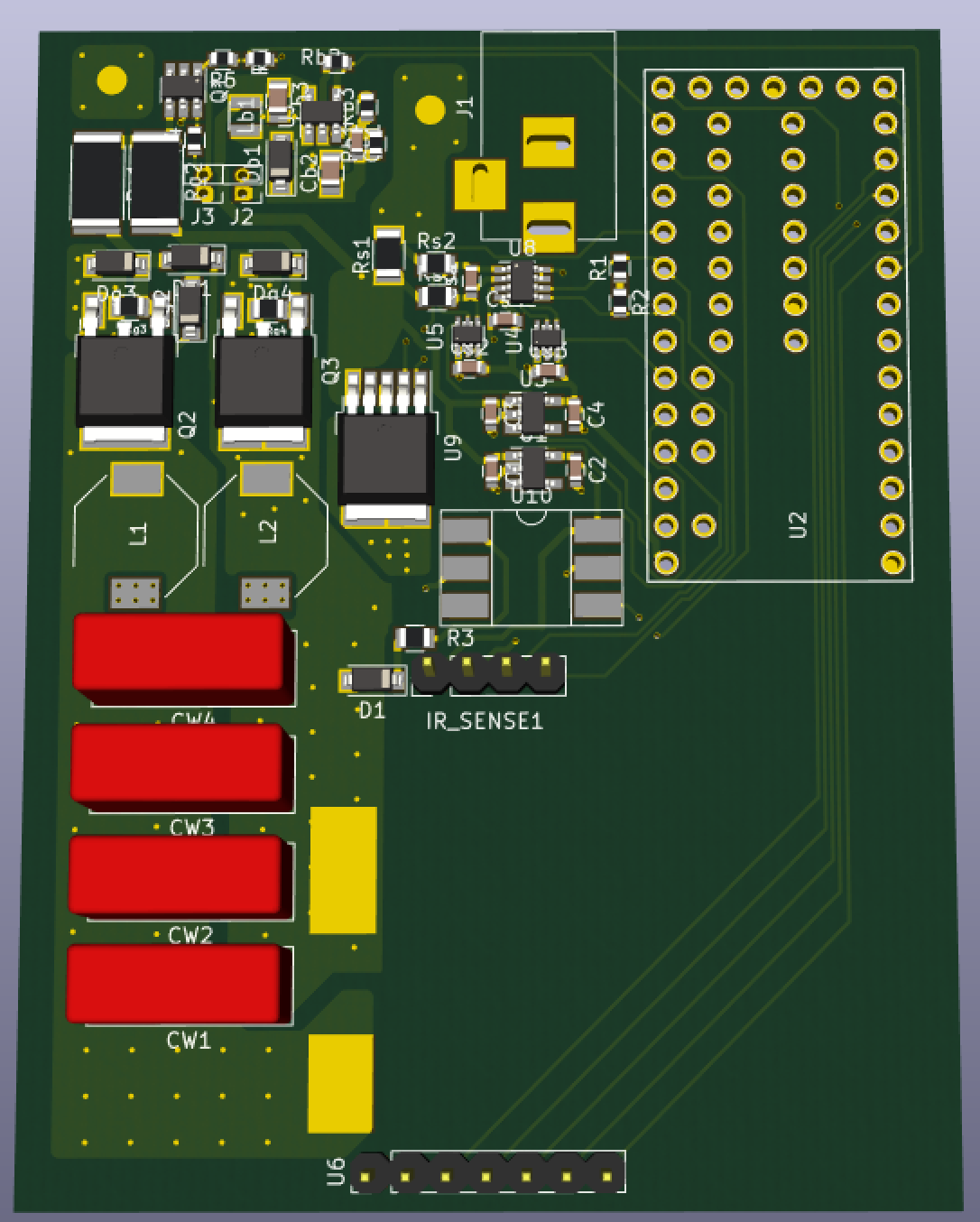Driven by my love for the @VapCap and inspired by @Pipes awesome idea to use an induction heater for it with his VapCap Induction Heater for Desktop and in Car Use project, I set out to build an induction heater of my own.
Since I'm a hardware guy in a software company, I crave for the chance to build things when I can, and this project really gave me so many cool things to play with.
I started out building a barebones royer oscillator - the driving circuit that creates an immense oscillating magnetic field in a coil. When a conducting object is inserted into this coil, such as a vapcap , large currents of electricity are produced in the item, causing it to heat up.
, large currents of electricity are produced in the item, causing it to heat up.
Now since I enjoy playing with microcontrollers, and have played with many little components, the possibilities suddenly seemed endless. Before I knew it, I had a small OLED display, and a contactless infrared temperature sensor hooked up. The plan was to have the IR sensor look at the end of the vapcap, and turn off the induction heater when it reaches the right temperature. It was soon obvious that the microcontroller was overkill for just that, and I needed to give it some other things to do
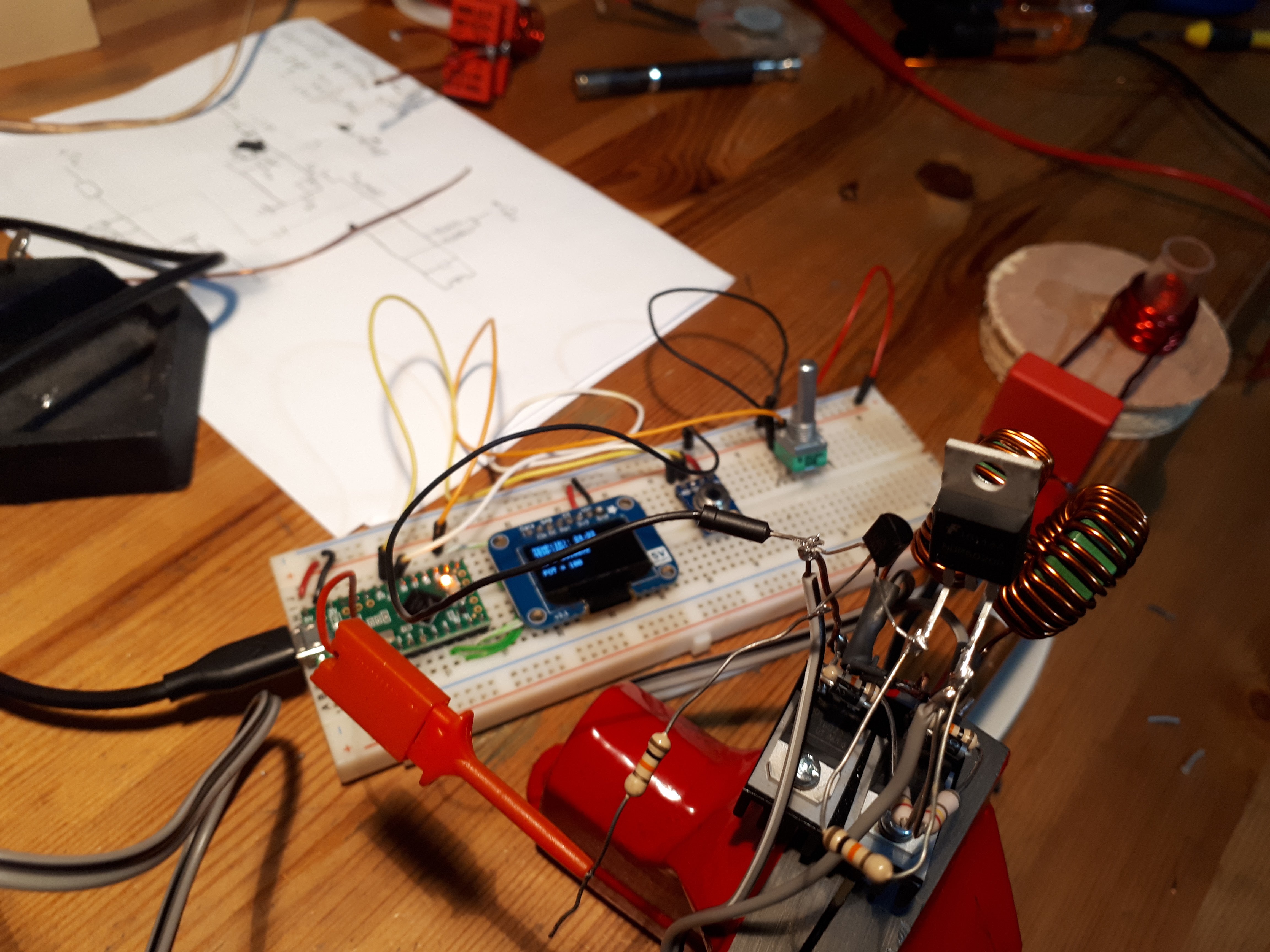
Now, I'm not the first 'mad scientist' on FC . Egged along by other buildings and innovators here like @hardboiledfrog, @Andreaerdna and others
. Egged along by other buildings and innovators here like @hardboiledfrog, @Andreaerdna and others 

 , and inspired by their respective temperature controlled projects, I implemented a PID algorithm. This is a smart way to get an object up to temperature quickly, without going PAST the temperature, and keeping it there - SOU VIDE FOR THE SOUL
, and inspired by their respective temperature controlled projects, I implemented a PID algorithm. This is a smart way to get an object up to temperature quickly, without going PAST the temperature, and keeping it there - SOU VIDE FOR THE SOUL 


Since then, and MANY blown transistors along the way, my project has evolved.. just a little
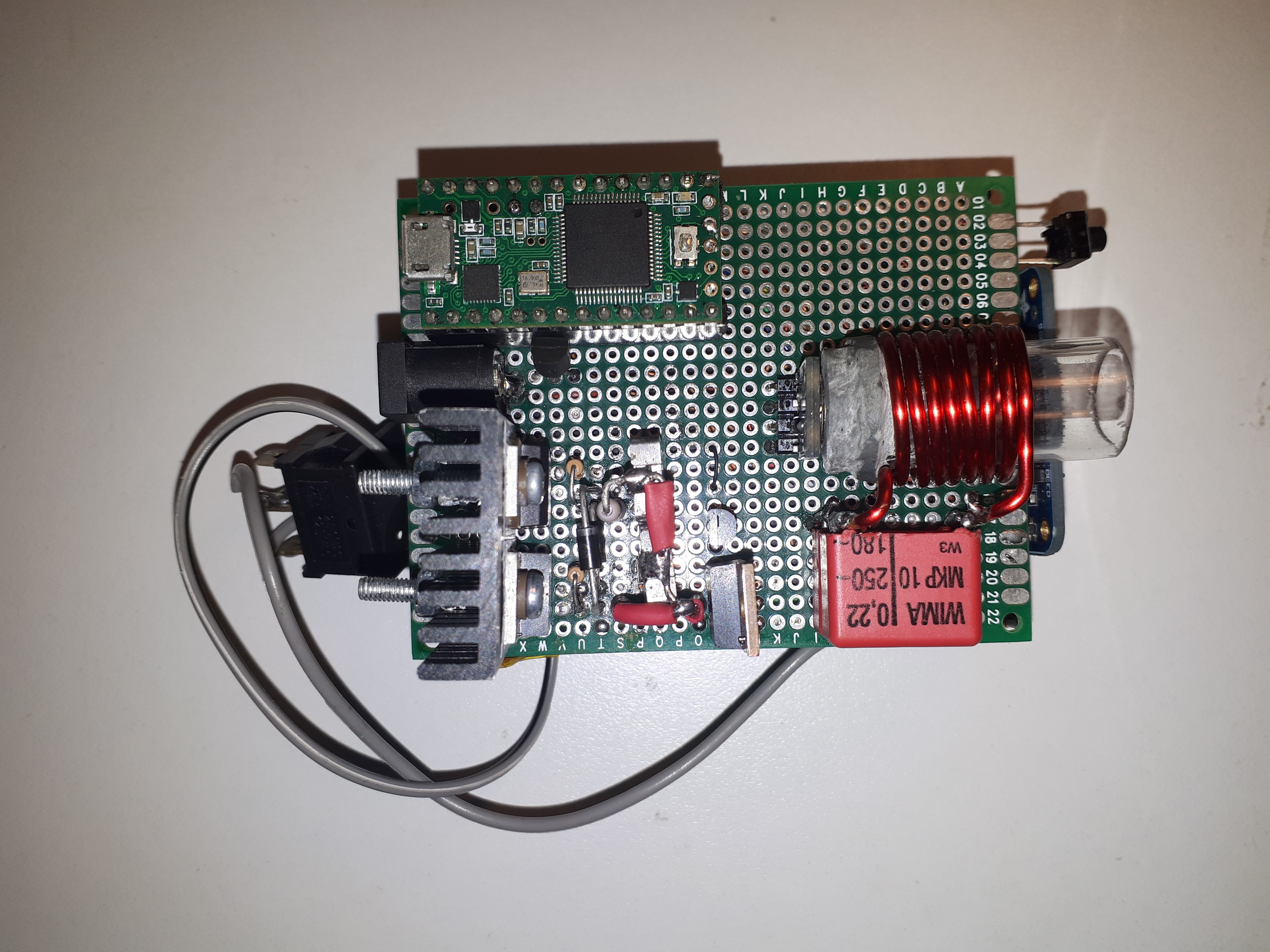
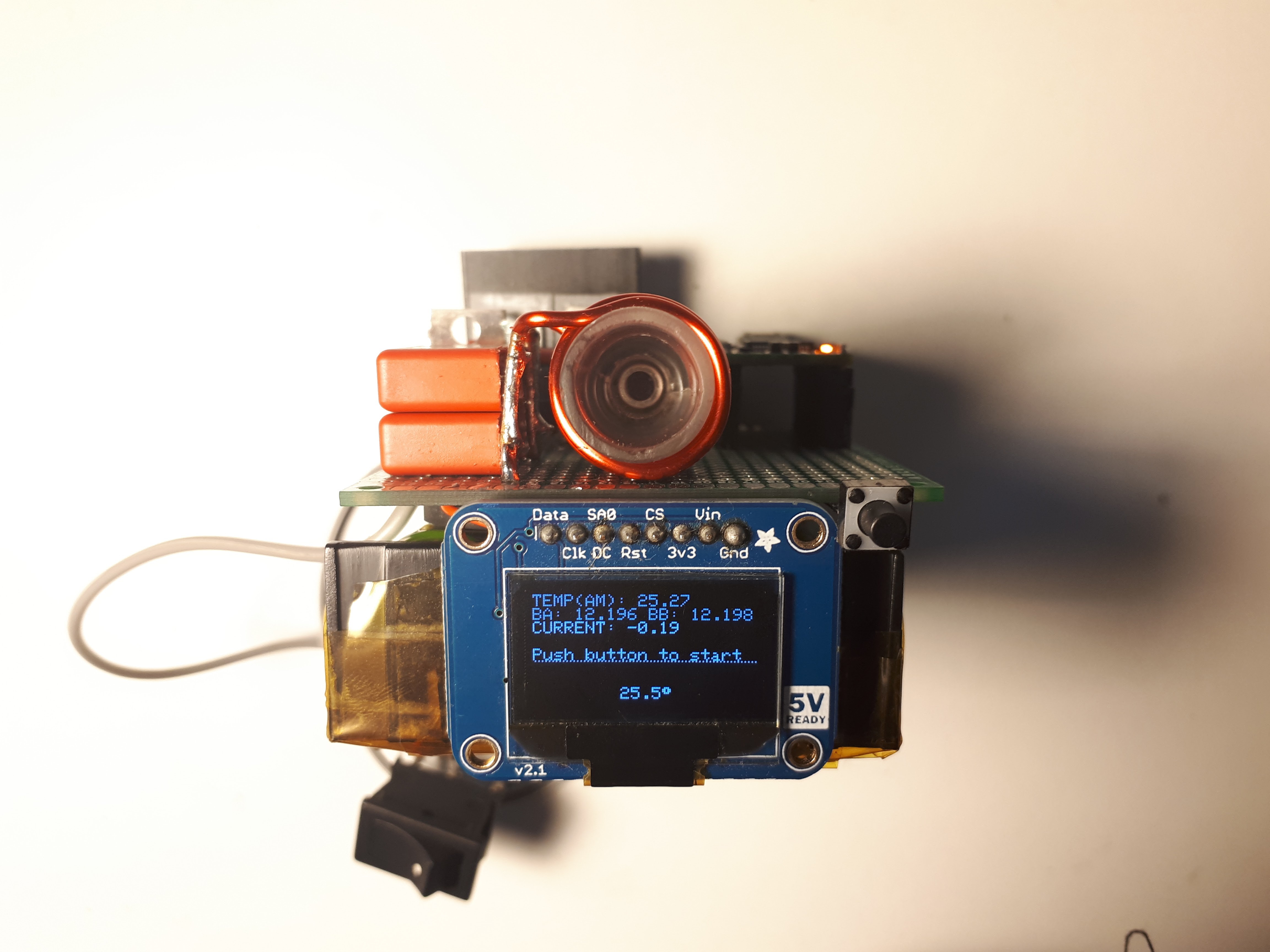
It's still very much a work in progress, and I'm currently waiting for parts to fix the oscillator that's built on my prototype toaster, but in the meantime, here are some of the features:
For now, I haven't had EVERYTHING working all at the same time yet, but each component and feature is coming along nicely, and I hope to be done (enough) soon.
Not sure how much time I'll have to push this project further with my third kid about to pop out any day now, though I'd LOOOOVE to turn this into more of a product.. get it printed on a proper PCB, etc, and will gladly work with some of the community here to move it along if possible.
In the meantime, here's the latest video showing insertion detection, with glimpses of the baseline frequency detection and threshold checks, the huge mess left in the wake of building such a project on a small desk, specially after hours of testing this thing out


So, who wants one ?

 (don't hold your breath, its many many months away from that, at best. Go grab a portside in the meantime!
(don't hold your breath, its many many months away from that, at best. Go grab a portside in the meantime!  )
)
For more info about the start of the project and the journey it's been on, check out @Pipes's VapCap Induction Heater thread. Thanks to a bunch of you guys over there for the help and support!
Since I'm a hardware guy in a software company, I crave for the chance to build things when I can, and this project really gave me so many cool things to play with.
I started out building a barebones royer oscillator - the driving circuit that creates an immense oscillating magnetic field in a coil. When a conducting object is inserted into this coil, such as a vapcap
 , large currents of electricity are produced in the item, causing it to heat up.
, large currents of electricity are produced in the item, causing it to heat up.Now since I enjoy playing with microcontrollers, and have played with many little components, the possibilities suddenly seemed endless. Before I knew it, I had a small OLED display, and a contactless infrared temperature sensor hooked up. The plan was to have the IR sensor look at the end of the vapcap, and turn off the induction heater when it reaches the right temperature. It was soon obvious that the microcontroller was overkill for just that, and I needed to give it some other things to do


Now, I'm not the first 'mad scientist' on FC
 . Egged along by other buildings and innovators here like @hardboiledfrog, @Andreaerdna and others
. Egged along by other buildings and innovators here like @hardboiledfrog, @Andreaerdna and others 

 , and inspired by their respective temperature controlled projects, I implemented a PID algorithm. This is a smart way to get an object up to temperature quickly, without going PAST the temperature, and keeping it there - SOU VIDE FOR THE SOUL
, and inspired by their respective temperature controlled projects, I implemented a PID algorithm. This is a smart way to get an object up to temperature quickly, without going PAST the temperature, and keeping it there - SOU VIDE FOR THE SOUL 


Since then, and MANY blown transistors along the way, my project has evolved.. just a little



It's still very much a work in progress, and I'm currently waiting for parts to fix the oscillator that's built on my prototype toaster, but in the meantime, here are some of the features:
- Adjustable temperature, maintained by a PID system.
- insertion detection
- This is achieved by the awesome property of the induction heater, that when an object is placed inside it, the frequency of the oscillations changes! So when the device is ready, it consumes very little power unless an item is INSERTED. A baseline frequency is set when activated, and a threshold change needs to happen before properly heating up begins.
- Battery monitor - Both voltage and current. By using the microcontroller's built in differential analog inputs and programable gain amplifier, power consumption can be monitored. System will shut down if running out of spec.
- Multiple control / safety points. Will have at least two internal fail-safe systems that need activation before powering up. One will be a transistor that supplies the full battery voltage to the oscillator, and another transistor that supplies actually controls the circuit. Additionally, everything will go through a fuse.
- OLED display!
 It even has a graph showing a line for the target temperature, and the actual tip temperature.
It even has a graph showing a line for the target temperature, and the actual tip temperature. - Powered by 3x 18650 batteries for hours and hours of fun

- watchdog timer will quickly reset the system if it gets stuck in any state for some reason, which will promptly power down all circuits.
- Low power mode (not implemented yet), hopefully for weeks of standby. I haven't found a nice switch that I want to mount on a case yet, so I may skip the main switch all together.
- TBD
For now, I haven't had EVERYTHING working all at the same time yet, but each component and feature is coming along nicely, and I hope to be done (enough) soon.
Not sure how much time I'll have to push this project further with my third kid about to pop out any day now, though I'd LOOOOVE to turn this into more of a product.. get it printed on a proper PCB, etc, and will gladly work with some of the community here to move it along if possible.
In the meantime, here's the latest video showing insertion detection, with glimpses of the baseline frequency detection and threshold checks, the huge mess left in the wake of building such a project on a small desk, specially after hours of testing this thing out



So, who wants one ?


 (don't hold your breath, its many many months away from that, at best. Go grab a portside in the meantime!
(don't hold your breath, its many many months away from that, at best. Go grab a portside in the meantime!  )
)For more info about the start of the project and the journey it's been on, check out @Pipes's VapCap Induction Heater thread. Thanks to a bunch of you guys over there for the help and support!

Last edited:



 When I changed them to a different set, oscillations were MUCH smoother
When I changed them to a different set, oscillations were MUCH smoother 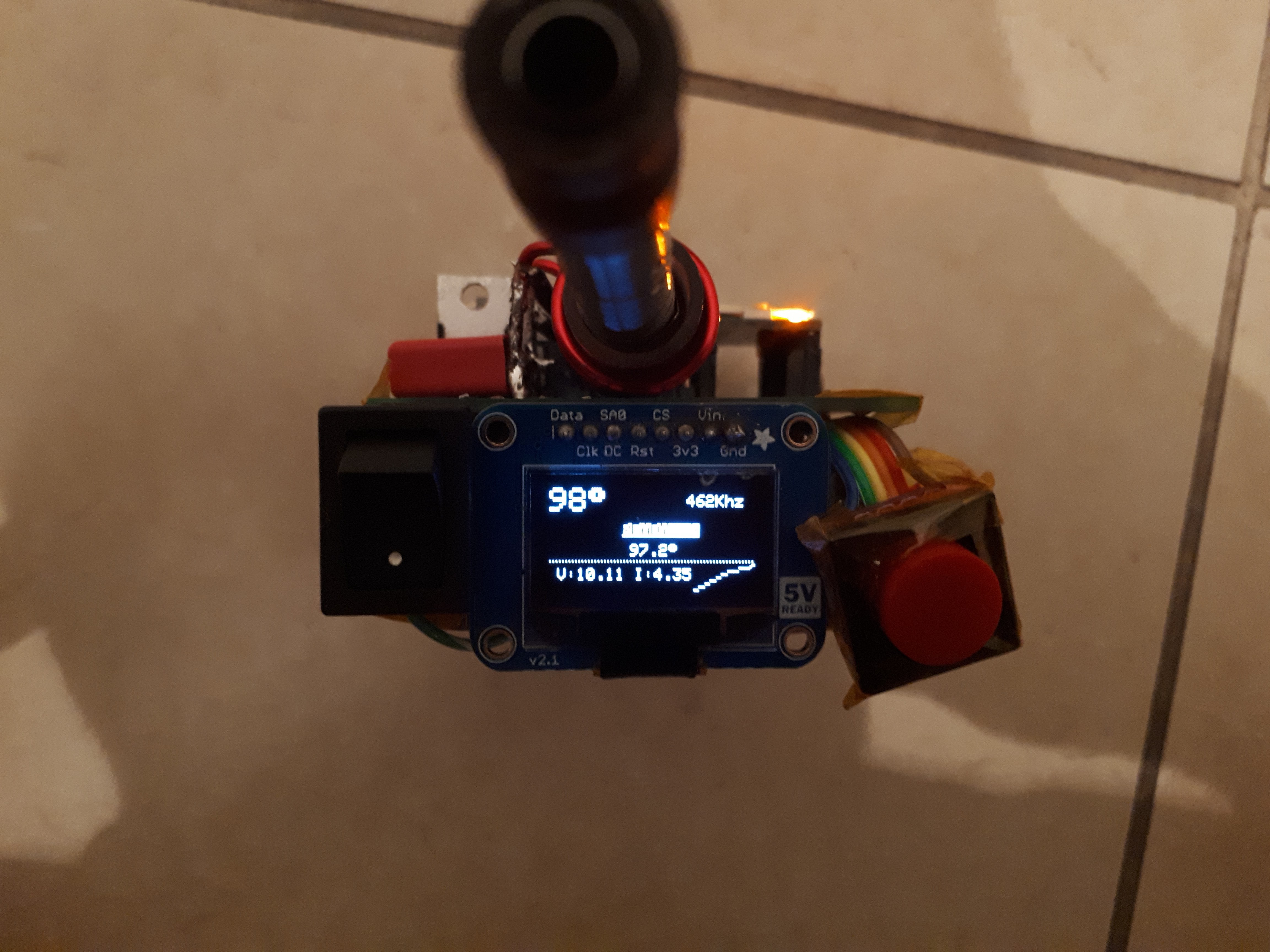

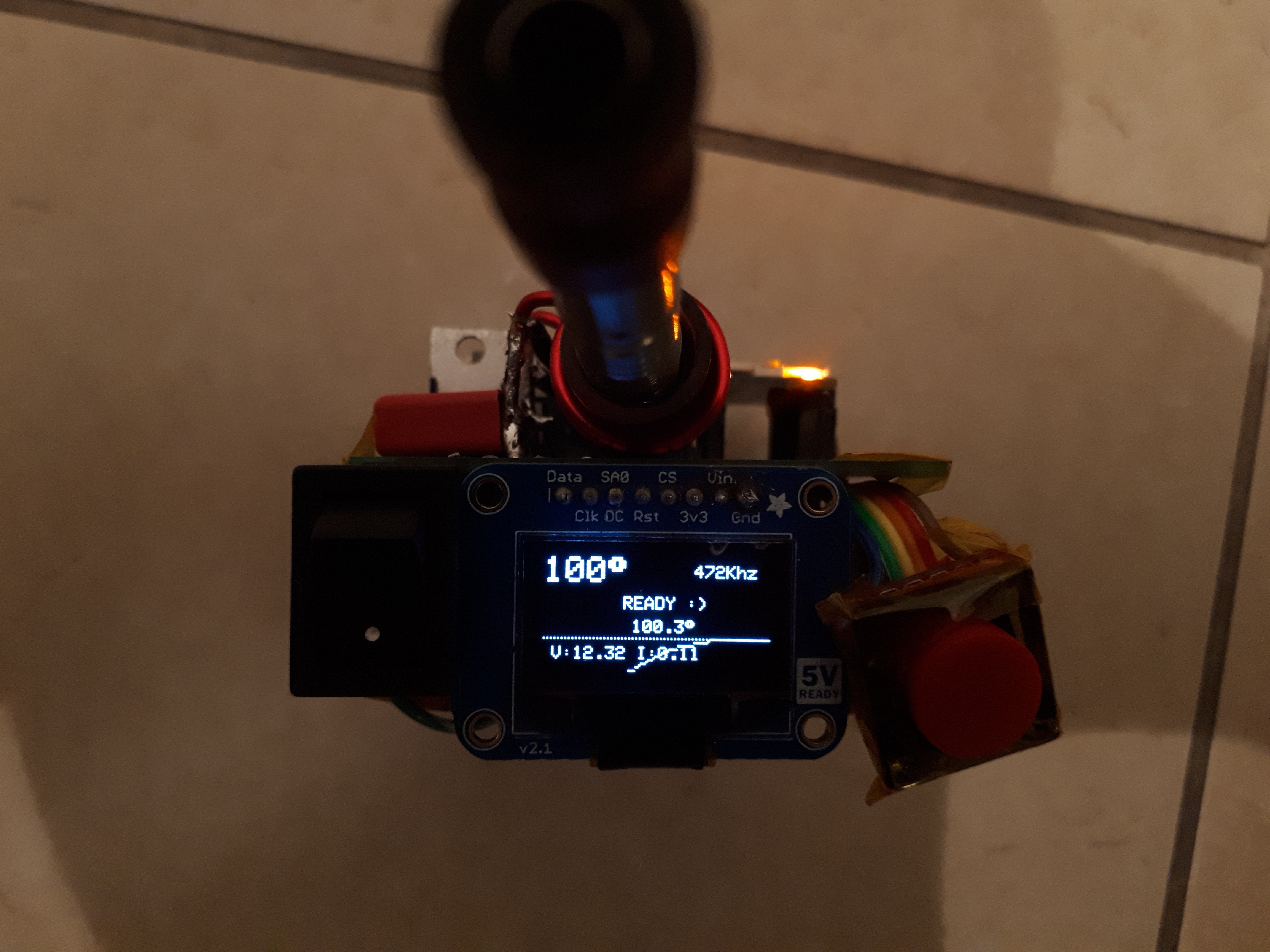
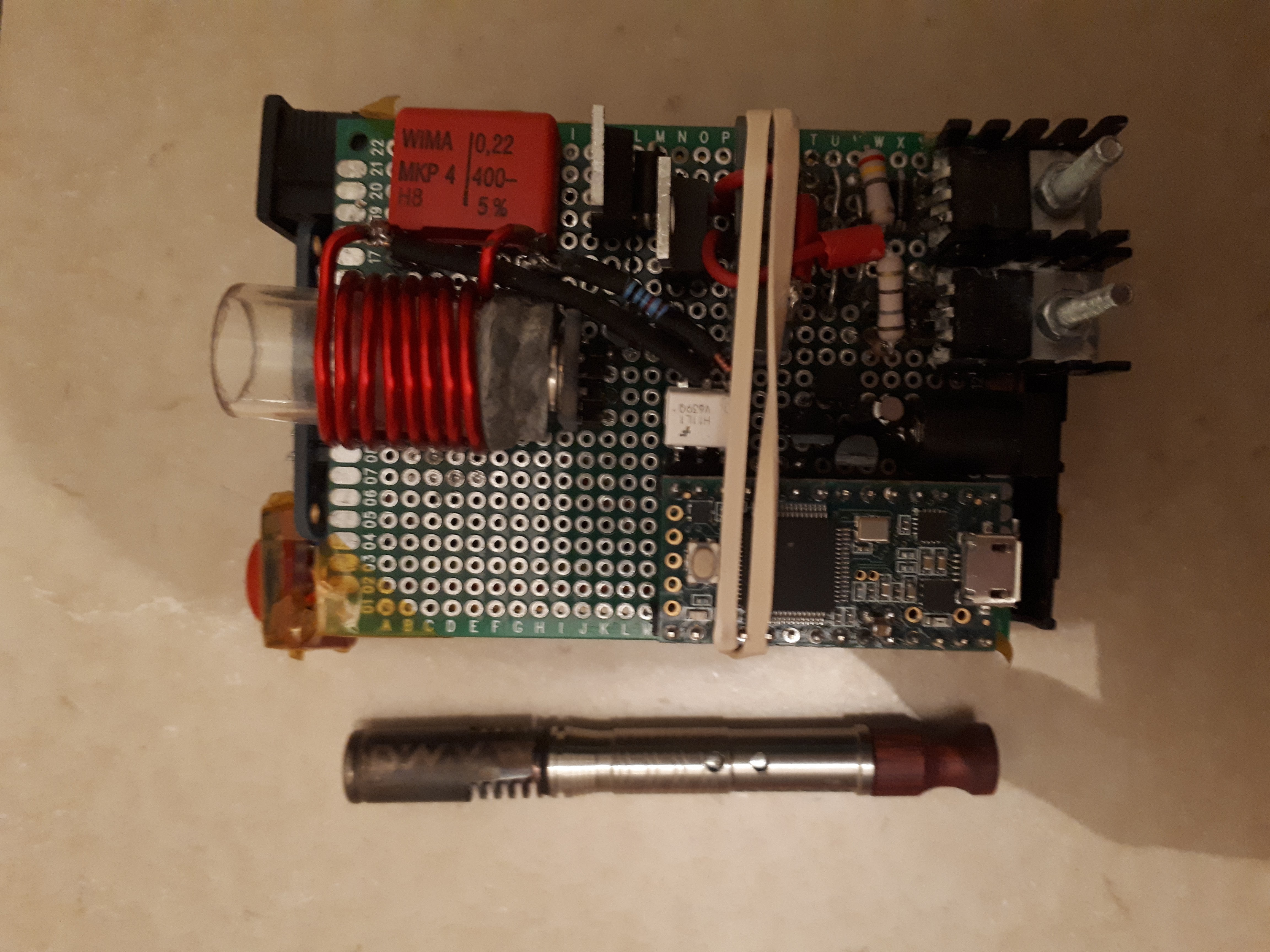

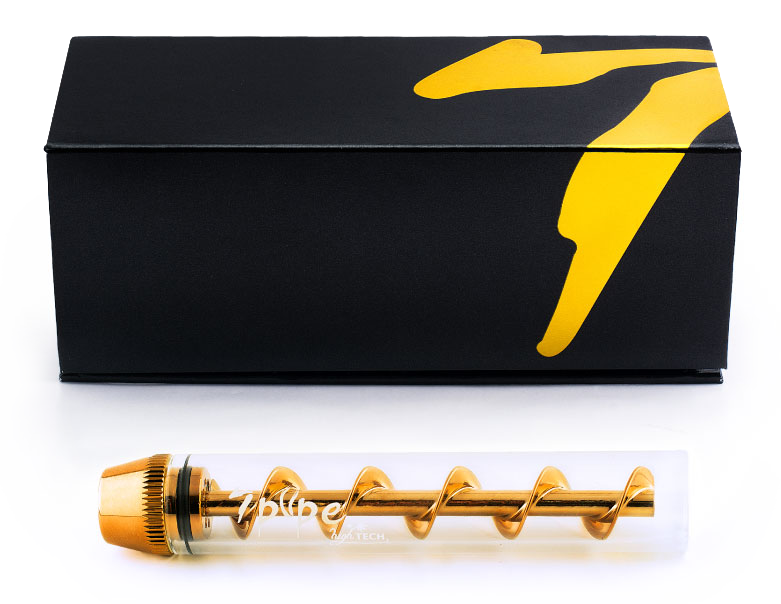


 There was still a large cap temp element in the reading, so it managed to work before, just with other variables involved
There was still a large cap temp element in the reading, so it managed to work before, just with other variables involved
